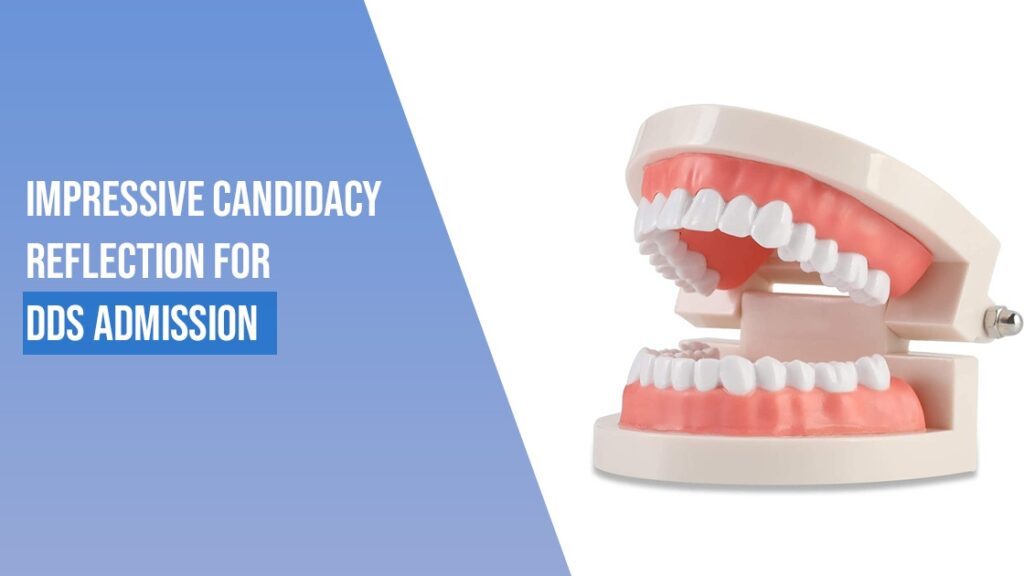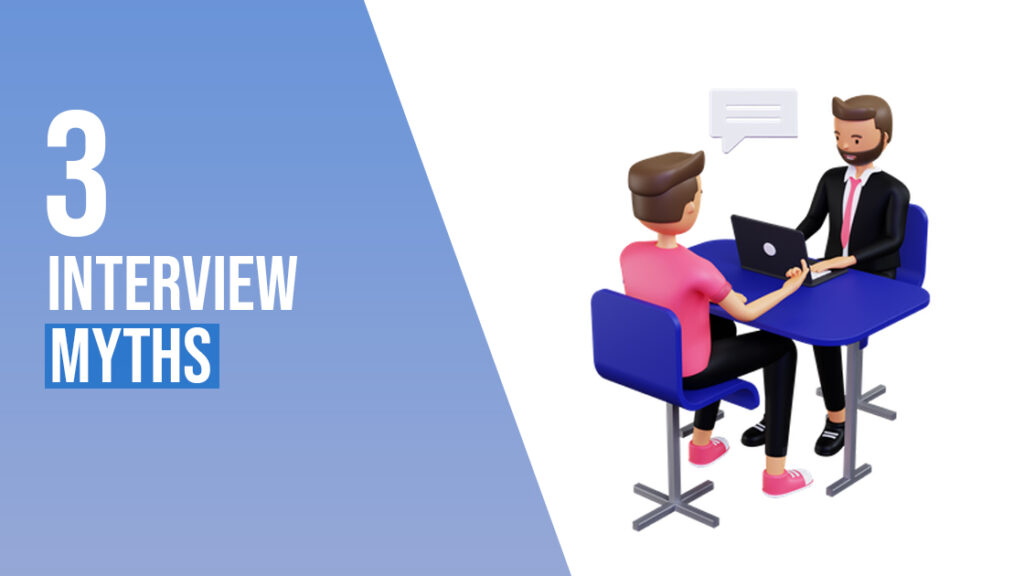What are the pathways to becoming a dentist in the USA?
Ah, the world of dentistry in the Land of the Free! A mighty fine profession it is, with riches to be had by those who wield the drill and pliers with a steady hand. And even foreign dentists with a degree from their homeland can give it a go, with a bit of American schooling, of course.
The various pathways are an
- Advanced Standing program that will earn a DDS/DMD degree
- A residency program that will earn a fellowship certificate or master’s degree
- Academic research programs in very select schools
To practice as a general dentist in the USA, you should be a DDS/DMD graduate. It is the ticket to the game, a 2-3 year program that varies by dental school. But mind you, a diploma is not a license to practice, just a step along the way. And remember, a residency is required if you fancy yourself a specialist.
Nonetheless, an MDS or a postgraduate in dentistry has to take a residency or specialization program from the dental school to practice. The Residency has licensure restrictions that limit you from practicing across the U.S. Moreover, Residency lets you practice only the specialization that you choose. This article quickly summarizes the outline for an international dentist in the USA to become an American-trained dentist.
You may apply for DDS if you meet the requirements. International students with a BDS degree who want to practice dentistry in the United States can enroll in a two-year Advanced Standing Doctor of Dentistry program.
This article quickly summarizes the outline for an international dentist in the USA to become an American-trained dentist.
How to Become a Dentist in the USA?
Here are the general steps foreign-trained dentists follow to obtain a license to practice as general dentists in the U.S.
Step 1: ECE Evaluation
Educational Credential Evaluators, or ECE evaluation, is the process of evaluating your transcripts for the courses you cleared in foreign countries to assign you a grade point average and GPA. A GPA is a numerical score of 0.0-4.0 that corresponds to the grades/marks you have earned in school, and GPA Score is a mandatory criterion for the Application for U.S. schools.
Most U.S. dental schools mandate that ECE evaluate your dental undergraduate transcripts. Educational Credential Evaluators, an accredited evaluation institute. You can check the website to explore more about the procedures and process of evaluating your academic credentials. If any of your transcripts are issued in a non-English language, you need to translate them. It is advised that you find a translator, ideally a member of the American Translators Association.
Have you heard of Educational Credential Evaluators or ECE evaluations? It’s a process that helps to assess the courses you completed in foreign countries and gives you a grade point average (GPA) score. This score is really important if you want to apply to dental schools in the US, as most schools require it.
ECE is an accredited evaluation institute that can evaluate your dental undergraduate transcripts. You can check out their website for more information about the evaluation process. And if your transcripts are in a non-English language, don’t worry. You just need to find a translator, and it’s ideal if they are a member of the American Translators Association to get your transcripts translated.
Step 2: Integrated National Board Dental Examination
The Integrated National Board Dental Examination is a high-stakes licensure examination to gauge a candidate’s clinical skills. It assesses your ability to implement fundamental concepts in biomedical, dental, and dental hygiene sciences in various contexts in managing a patient. Foreign-trained dentists also must take the INBDE to apply for advanced standing programs and postgraduate studies in dental specialties in U.S. dental schools.
INBDE is a two-day examination that replaces the NBDE Part I and NBDE Part II. INBDE credential offers lifetime validity.
To clear the exam, you can have five attempts 90 days apart. The Percentage score for the pass is 75%. Read through to learn how to take the exam.
- Visit ADA’s INBDE general information guide for step-by-step instructions on taking the exams.
- Get a DENTPIN, a unique personal identifier you will use in the exam.
- Schedule an appointment to take the exam.
ASDA Study Resources (list) and American Student Dental Association (ASDA) offer reprints of previous exams as study guides for students, which can be accessed online.
Step 3: TOEFL
The TOEFL Test of English as a Foreign Language is an online test administered by ETS that assesses your ability to converse and understand English at the university level. U.S. dental schools require international dentists to demonstrate their English language proficiency by taking the TOEFL. Most schools prefer a score of above 95, and above 100 is always ideal.
The TOEFL exam is a 3-hour exam with four sections and is given a score between 0-30.
- Reading – The reading section covers 54-72 minutes, including 3-4 passages, 700 words long, and ten questions per passage.
- Speaking – Speaking (17 minutes): This section includes one independent speaking task. The topic is given, and you must express your ideas, opinions, experiences, and three integrated speaking tasks.
- Listening (40-60 minutes) – This section consists of 3-4 lectures, each 3-5 minutes long, with six questions per lecture, and 2-3 conversations between 2 people, each 3 minutes long, with five questions per conversation.
- Writing (50 minutes) -This includes integrated writing (20 minutes) and independent writing (30 minutes). For integrated writing, you will be required to read a passage, listen to a short lecture, and then write a response to what you read and heard. For independent writing, a particular topic would be given, and you would have to write an essay based on personal experience and opinion.
Tips to prepare for the TOEFL exam
- Acquaint yourself with the exam format.
- Check the official TOEFL website for mock tests and patterns to clarify your queries and locate your testing centers.
- Practice reading non-technical English.
- Take courses for a more structured, in-depth study method, considering enrolling in a TOEFL prep course.
Step 4: Enhance your Profile as an Applicant
One of the essential credentials is an exceptional profile that makes you stand out. Many dental schools have a selective application process for limited placements. Here is a comprehensive list of tips on enhancing your profile.
Dental Shadowing
Dental Shadowing is one of the best ways to improve your competitiveness and attain dental experience in the United States. It is a lot more from your perspective of dentistry and helps you acquaint yourself with every nuance of the U.S. dental practice. The exposure facilitates the transition to becoming a U.S. dentist effortlessly. Moreover, it offers an ideal platform to network with U.S. dentists.
Many schools demand you submit a letter of recommendation from a U.S. dentist you have shadowed. You can Email the dentist a letter of interest and resume along with the timeline. Shadowing at different offices /specialists is beneficial as you get exposed to different specializations’ working patterns and modalities.
Preceptorship/Externship
Preceptorship is similar to Shadowing. Nonetheless, it is offered by dental schools, unlike private practices. You may mail a (Letter of Interest )to the director of the school. The requirements and the cost for preceptorship vary across schools. Detailed information is available on the school website. Contrary to dental shadowing, preceptorship has multiple benefits.
- Adds on to your credentials
- Assist, observe, and attend lectures and presentations, but you can’t touch or work on patients.
- Interact with patients
- Observe how residents approach patients
- You are awarded a formal certificate on completion
Duration of Preceptorship
- Extends from 1 month -12 months program
- Three monthly programs are ideally recommended
Dental Assistant Experience
You should have a Dental Assistant license which allows you to practice as a dental assistant.
Check with the state requirements for Dental assistants. License is optional in some places
Benefits
- You can work on patients
- Extensive exposure to dentistry
- Financial stability
- Valid credential to your profile
Dental Hygiene Experience
You have to attend the regular program from a dental school that awards you a dental hygienist certificate on successful completion of the course.
Conferences
Attending as many conferences as possible can build up your profile to a larger extent. The number of conferences you participate in counts. Presenting papers at conferences is a plus. A big reason for attending conferences is it offers an ideal podium for networking as you come across like-minded people. You also get to learn more and interact with pioneers in one-on-one conversations who can help enhance your work. It may be about innovative tools and techniques, and data.
Community Services
Universities are also interested to see what you can bring along. Volunteering in outreach programs shows your inclination toward society. Some activities include organizing dental camps, health check-up camps, and NGOs.Community services are not confined to dentistry or healthcare. It can be anything like volunteering for food banks, pet care, awareness programs, etc. These experiences help introspect your ability of compassion for others and exposure to diverse populations.
Community service experience also exposes you to the diversity of the U.S. culture.
Some dental schools, like Loma Linda University, LLU focus on outreach programs.
Research work
Undergraduate research adds to your credentials. It is ideal if you can show papers published. Research work shows your interests beyond the curriculum. If you lack such experience, You can show your research skills. It can be assisting faculties with research or reviewing research articles. Research experience in non-dental subjects is also considered. While this is not mandatory, it shows your inquisitiveness in advancements. Research does not have to be confined to dentistry or oral health.
Co-curricular activities/Hobbies
Along with exceptional academic grades and scores, your hobbies are just essential criteria to consider you for admission. From singing to cooking, hobbies are in many forms and shapes. It allows you to share with the admission committee the activities that have shaped you as the person you are. The extracurricular activities/volunteer service involvement will differentiate you from other prospective students. Any manual dexterity experience, dental or non-dental, and interests in sports strengthen your profile.
Step 5 – Apply To A U.S. Dental School Program
Internationally trained dentists can apply through the ADEA CAAPID portal. CAAPID is your pathway to practicing dentistry in the U.S. The Centralized Application for Advanced Placement for International Dentists (CAAPID) is available to all foreign-trained dentists applying to the DDS/DMD programs. The CAAPID cycle for the current 2023 session is open through March 09-2023- February 17th, 2024.
Mentoring
There are various online sites to guide you through the CAAPID process. However, the best online sites help you mentor from your initial step of CV preparation to bench test and interview preparation. Only some candidates may need extensive guidance, while others may need to improve communication or writing skills.
Caapid Simplified offers guidance to equip you in every nuance of your CAAPID Journey. The best is always the one that suits your requirements.
Conclusion
Based on the BDS grades and qualifying for INBDE & TOEFL exams, you can apply for admission to DDS in various dental schools in the USA. It helps you earn an American Dental degree in two to three years. Advanced Training Programs are the only route that would make a foreign-trained dentist eligible for licensure to practice anywhere in the U.S.


